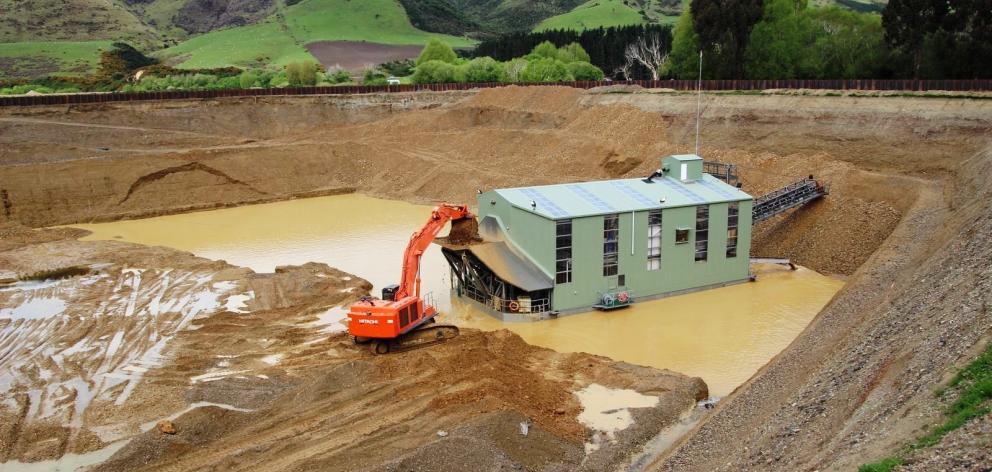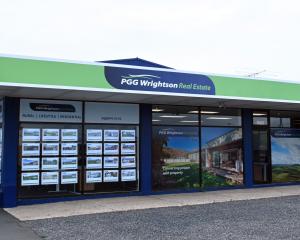
It will be the 125th annual Australian Institute of Mining & Metallurgy (AusIMM) New Zealand branch conference, and has attracted more than 185 delegates so far.
Conference convener Vivienne Bull said she was expecting about 200 delegates for the conference - last year's conference in Christchurch attracted 220.
Despite the Crowns Minerals Act being under review, with high expectations from environmentalists for increased land protections, Minister of Resources Megan Wood was unavailable to attend the conference.
A panel discussion on access to Department of Conservation land for miners is likely to be of huge interest.
Mrs Bull said the Doc session on land would be ''interesting and a challenge to prepare''.
The coalition Government has been widely criticised by environmentalists for not placing more restrictions on the mining sector, while increased restrictions have been placed on new exploration opportunities for the oil and gas sector.
Just last month, protesters blocked workers from accessing New Talisman's Karangahake Gorge gold mine site in Coromandel, vowing to keep up future protests.
Further south, in July a 33,000sq km swath of Otago and Northern Southland was reopened to prospecting permit applications, having been largely tied up for three years while government aeromagnetic surveys were carried out.
The reopening concerned environmental groups, as some of the southern areas overlapped with conservation land, including reserves, conservation areas or stewardship land or national parks.
Conservation Minister Eugene Sage moved quickly to reiterate the Government was still moving towards proposed law changes of ''no new mines on conservation land'' policy.
Given that would-be Taranaki ironsands miner Tasman Resources just had its second marine consent set aside by the High Court, a paper by the Environmental Protection Authority on seabed mining consents will be popular.
Oceana Gold, now producing about 98% of the country's gold output from Macraes in East Otago and Waihi in Coromandel, will provide several speakers, as will Bathurst Resources, the country's largest coal miner.
The University of Otago will be well represented, as usual - its geology students will give eight of the 12 poster presentations registered so far, and will focus on topics including the historic Denniston Plateau mining, West Coast rare earth element minerals, Macraes in East Otago and other areas around Otago and Stewart Island.
University professors Dave Craw and Doug Mackenzie will also present papers, concerning the Otago schist belt and the Hyde-Macraes shear zone, respectively.
From Northern Southland, directors Noel Becker and Warren Batt of the Waikaia Gold alluvial gold mine will present two papers: on shifting the company's 270 tonne floating dredge, and an update on their Rise and Shine prospect, near Cromwell.
Waikaia began in November 2013, as an $18million start-up, and within its first 22 months had gleaned 1 tonne of alluvial gold from the farmland, at depths down to 16m-20m, running parallel to the Waikaia river.
Also presenting will be Tasman Mining's managing director Mark Le Messurier, who is looking to resume underground mining in the historic West Coast Blackwater mine, which closed after a 1951 shaft collapse.
The new mine may require up to $500million investment to get fully under way.
Pre-conference field trips include visits to the Broken Hills underground epithermal gold deposit, the Karangahake Gorge and Waihi epithermal gold deposits and the Maramarua and Rotowaro open pit coal mines.












